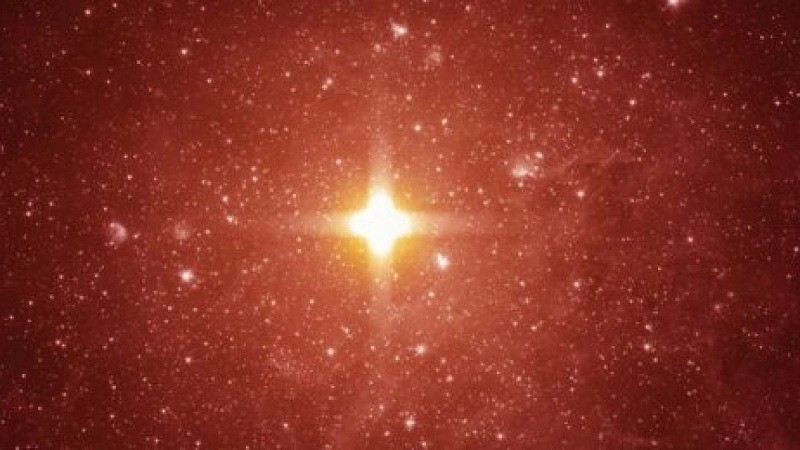
Sky enthusiasts are in for a treat as the Blaze Star, also known as T Coronae Borealis, prepares to make its much-anticipated return to the night sky after nearly 80 years. Last seen in 1946, this stunning star will shine brightly for a brief period before disappearing again for another eight decades.
The Blaze Star's reemergence is triggered by a distant dead star, located 3,000 light-years away from Earth, which is reigniting in a dramatic explosion. This nova will only be visible for a few days. Dr. Rebekah Hounsell, a nova expert at NASA's Goddard Space Flight Center, remarked, "This is a once-in-a-lifetime event that will inspire many new astronomers, giving people a chance to observe a cosmic event firsthand, ask their own questions, and collect their own data."
The Blaze Star was first documented in 1217 by Burchard from Ursberg in Germany, who described it as "a faint star that for a time shone with great light." Skywatchers can find the Blaze Star by drawing a line between the two brightest stars in the Northern Hemisphere, Arcturus and Vega, towards the Northern Crown constellation.
Dr. Elizabeth Hays, chief of the Astroparticle Physics Laboratory at NASA Goddard, emphasized the importance of this event, saying, "Typically, nova events are so faint and distant that it's difficult to pinpoint where the erupting energy is concentrated. This one will be much closer, with many people observing it, which should help us gather valuable data about its structure and processes."
The Northern Crown is a horseshoe-shaped cluster of stars situated west of the Hercules constellation, making it ideal for viewing on clear nights. To locate it, observers can follow a straight line from Arcturus to Vega, leading them to Hercules and the Corona Borealis.
This stellar explosion will be brief; it will be visible to the naked eye for just under a week. However, Hounsell is optimistic that it will be a spectacular sight.
In addition to the Blaze Star's reappearance, October will bring another significant astronomical event when a "comet of the century" passes by Earth for the first time in 80,000 years.
European Space Agency’s Hera Mission to Investigate Asteroid Deflection After DART Impact
NASA's Europa Clipper-Mission Set to Search for Alien Life on Jupiter’s Moon This October 10